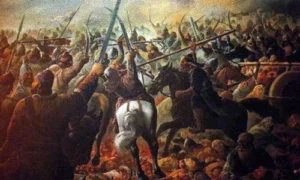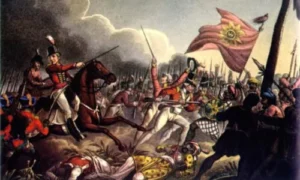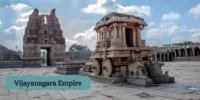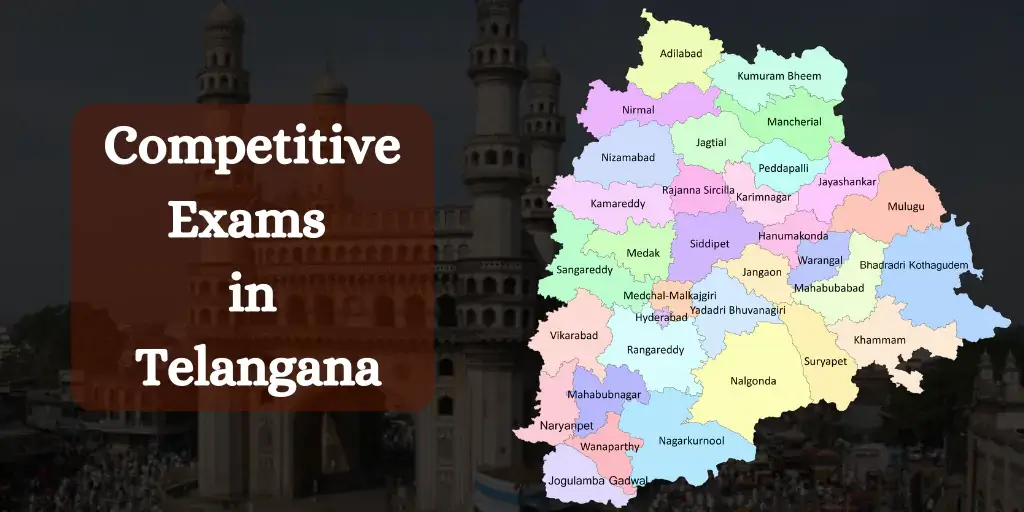The Panipat battles stand as defining moments in Indian history. Fought on the same battlefield, these three epic clashes reshaped the subcontinent’s fate, ushering in the Mughal Empire, fracturing Maratha power, and setting the stage for British colonial rule. Few places have seen so much bloodshed and consequence as Panipat, where empires rose and crumbled in a single day.
Have you ever wondered how a single battlefield could repeatedly become the chessboard where the fate of millions was decided? 🤔 The Panipat battles showcase remarkable military innovations, strategic brilliance, and catastrophic miscalculations that echo through centuries. Whether it was Babur’s revolutionary use of gunpowder weapons in 1526, young Akbar’s unexpected triumph in 1556, or the devastating Maratha defeat in 1761 that created a power vacuum, each confrontation represents a critical turning point in South Asian history. Join us as we explore the fascinating causes behind these pivotal battles and discover how they continue to influence the world you live in today.
1. Historical Significance of the Panipat Battles

A. Strategic importance of Panipat as a battleground
You’ve probably noticed how Panipat shows up again and again in India’s history. That’s no accident. When you look at a map, you’ll see it sits on the critical route between Afghanistan and Delhi. Any army wanting to capture the throne had to pass through this flat, open plain, perfect for those massive cavalry battles that decided India’s fate.
B. Impact on the political landscape of India
Every time armies clashed at Panipat, you saw power change hands. The First Battle (1526) brought you the Mughals, the Second (1556) cemented their rule, and the Third (1761) crushed Maratha expansion. Each battle completely reshuffled who controlled what in the subcontinent, like hitting a reset button on Indian politics.
2. First Battle of Panipat (1526): Birth of the Mughal Empire

A. Babur’s background and early challenges
Ever wondered how an exiled prince became India’s emperor? Babur, a descendant of Timur and Genghis Khan, faced constant struggles after losing his Fergana Valley kingdom. You’d appreciate his resilience, repeatedly losing territories only to rebuild his forces and dream bigger.
B. Tactical advantages: Field fortifications and gunpowder weapons
Your history books got it right – Babur’s game-changing Ottoman tactics made all the difference at Panipat. While Ibrahim Lodi stuck to traditional warfare, you would’ve seen Babur’s innovative tulughma formation with field artillery and matchlock muskets that local forces had never encountered.
Also See: Battle of Talikota
3. Second Battle of Panipat (1556): Consolidation of Mughal Power

A. Political chaos following Humayun’s death
When Humayun died unexpectedly in 1556, you’d have witnessed chaos in the Mughal territories. Power vacuums formed as regional governors and ambitious nobles grabbed for control. Imagine standing in Delhi during those uncertain days, watching as Hemu (a Hindu general) seized the opportunity to capture the capital.
B. Young Akbar’s confrontation with Hemu
You might find it hard to believe, but Akbar was just 13 when he faced this crisis! While you’d probably be playing games at that age, young Akbar was marching toward Panipat with his guardian Bairam Khan to reclaim his birthright against Hemu’s massive army.
4. Third Battle of Panipat (1761): Decline of Native Powers

A. Maratha expansion and attempt to replace the Mughals
You’ve probably heard about the Marathas’ stunning rise to power. By the mid-18th century, you could see their influence stretching across India as they grabbed territories from the crumbling Mughal Empire. Their ambition? Nothing less than replacing the Mughals as India’s dominant power.
B. Ahmad Shah Durrani’s Afghan forces and strategic alliances
Meanwhile, you’d find Ahmad Shah Durrani building something impressive in Afghanistan. He wasn’t about to let the Marathas take control of northern India. Smart guy—he formed alliances with local Muslim rulers who feared Maratha expansion just as much as he did.
5. Long-term Consequences of the Panipat Battles

A. Evolution of warfare in the Indian subcontinent
You’ll notice how the Panipat battles transformed warfare in India. After each clash, military tactics evolved dramatically – from Babur’s innovative use of artillery in 1526 to Ahmad Shah Abdali’s cavalry manoeuvres in 1761. Your understanding of these battles helps explain why Indian warfare never remained static.
B. Shifts in regional power dynamics
When you look at the aftermath of Panipat, you’ll see massive power shifts. The Mughals rose after the first two battles, while the Marathas crumbled following the third. These power vacuum moments created opportunities that changed who controlled what territories across the subcontinent.
Conclusion
The three battles fought on the plains of Panipat fundamentally altered India’s historical trajectory, each serving as a crucial turning point in the subcontinent’s power dynamics. From Babur’s innovative military tactics in 1526 that established Mughal rule, to Akbar’s consolidation of power in 1556, to the devastating Maratha defeat in 1761 that created a power vacuum—these conflicts collectively shaped centuries of governance, warfare, and cultural development across South Asia.
As you reflect on these momentous battles, remember that their causes weren’t merely military confrontations but complex intersections of ambition, technology, strategy, and timing. The legacy of Panipat extends beyond battlefield victories and defeats, ultimately creating the conditions that facilitated British colonial expansion and forever changing the course of Indian history. Understanding these pivotal moments helps you appreciate how strategic decisions and military innovations can determine the fate of entire civilisations.






